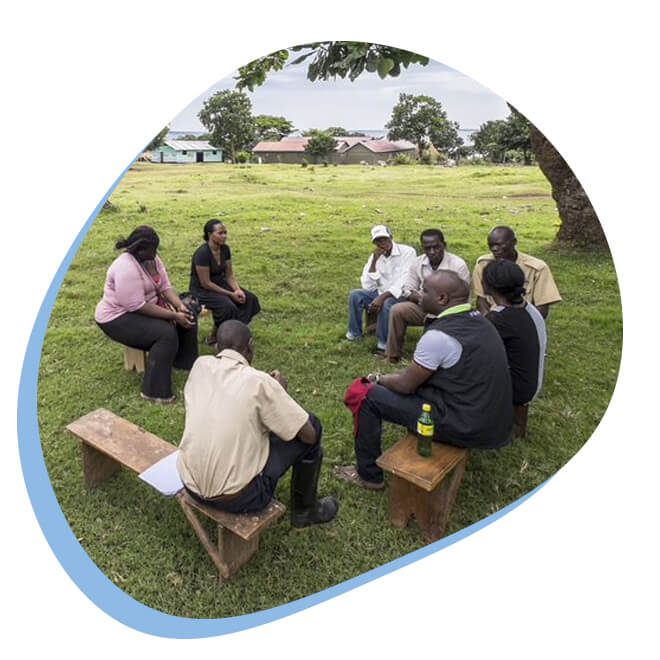Home › What We Do
What We Do
Target Malaria is an innovative project aiming to reduce the population of malaria-transmitting mosquitoes in sub-Saharan Africa.
By reducing the population of malaria mosquitoes, we aim to reduce the transmission of the disease.
We are focused on decreasing the number of female vector mosquitoes in a population because only females bite and their number usually determines future population size.


Our Development Pathway
Target Malaria is developing its innovative genetic technologies in a step-wise approach.
Our aim is to develop genetic technologies for vector control for malaria that will be sustainable and cost-effective to implement, as the mosquitoes themselves will help to control malaria transmission.


Our project’s ability to move through each evaluation phase is subject to national regulatory and ethical approvals. We have a regulatory team that helps us understand what the requirements in each country are and what information we need to provide.
We have stakeholder engagement teams in all the countries where we operate in Africa. These teams are comprised of social scientists, communications experts and stakeholder engagement practitioners and are responsible for engaging with stakeholders at all levels from the communities where we work, to district authorities, to national government officials and civil society representatives to international stakeholders.



